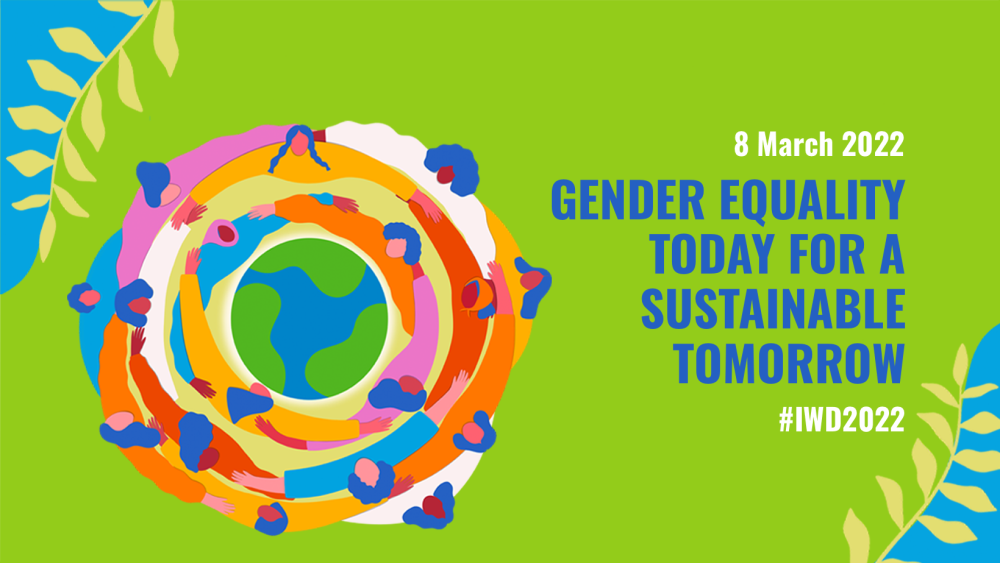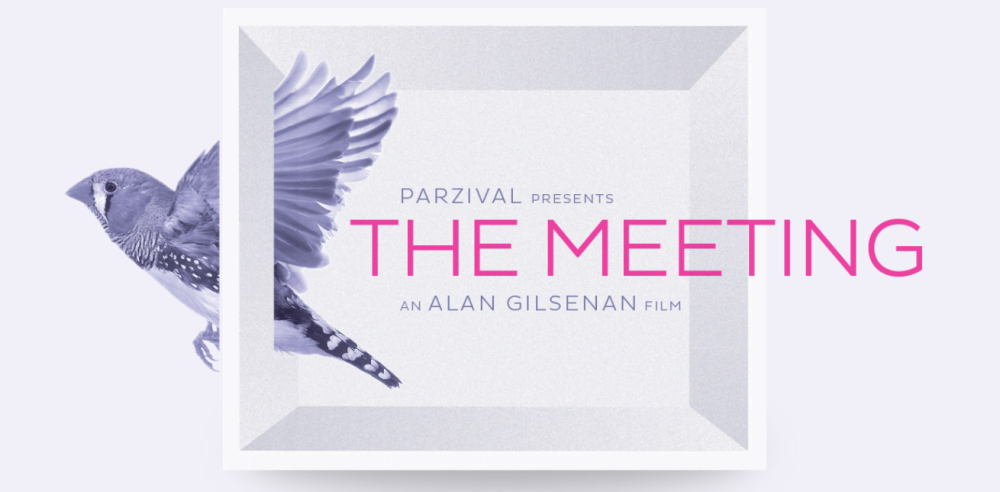Restorative justice and sexual violence
The benefits of restorative justice in sexual violence cases are in general not very different from restorative justice in other cases: participation, possibility to express one’s experience and story and being heard, and plan a reparation for the harm caused or suffered.
Restorative justice offers victims the chance to reclaim their voice, not as a victim but as a survivor. Victims often speak of their need to re-narrate their life stories as 'survivors' of sexual violence rather than ‘rape victims’. Victims can challenge the perception that their lives have been ruined: the change in the self-narrative is one of the primary benefits mentioned in the aftermath of a restorative justice encounter. Often victims wish to meet the perpetrator of the harm that they have suffered so that they can have their questions answered: “why did you do it?” “why did you choose me?” “will you do this again to me or someone else?” “how much remorse do you feel for the suffering that you caused me?” an encounter with the perpetrator can support recovery and enable victims to move on with their lives.
Restorative justice interventions can support the rehabilitation of sex offenders. They encourage a genuine acceptance of accountability, sincere expression of remorse, motivation to participate in therapeutic treatment and a personal journey or transformation. Restorative justice can support desistance from crime and is congruent with the focus of many intervention approaches with sex offenders.
Restorative justice in sexual violence cases has a profound transformative effect on the experience of shame for victims, offenders and their families, although these experiences are obviously different. Properly applied, it enables the articulation of the intense sense of shame in a rehabilitative and non-stigmatising manner which can be part of a process of personal transformation.
Evidence suggests that a safe restorative justice practice is contingent on particular conditions that apply to all participants, the framework/setting and the mediators/facilitators. These conditions are:
- Assessment of the participants (suitability versus eligibility);
- Risk assessment;
- Thorough preparation;
- Interagency cooperation between experts on sexual offending, victimisation and treatment;
- Flexibility and sufficient allocated time;
- Mediators/ facilitators with knowledge of the power and control dynamics of sexual violence and of the effects of trauma, with a special training in facilitating a restorative justice encounter in these complex cases.






